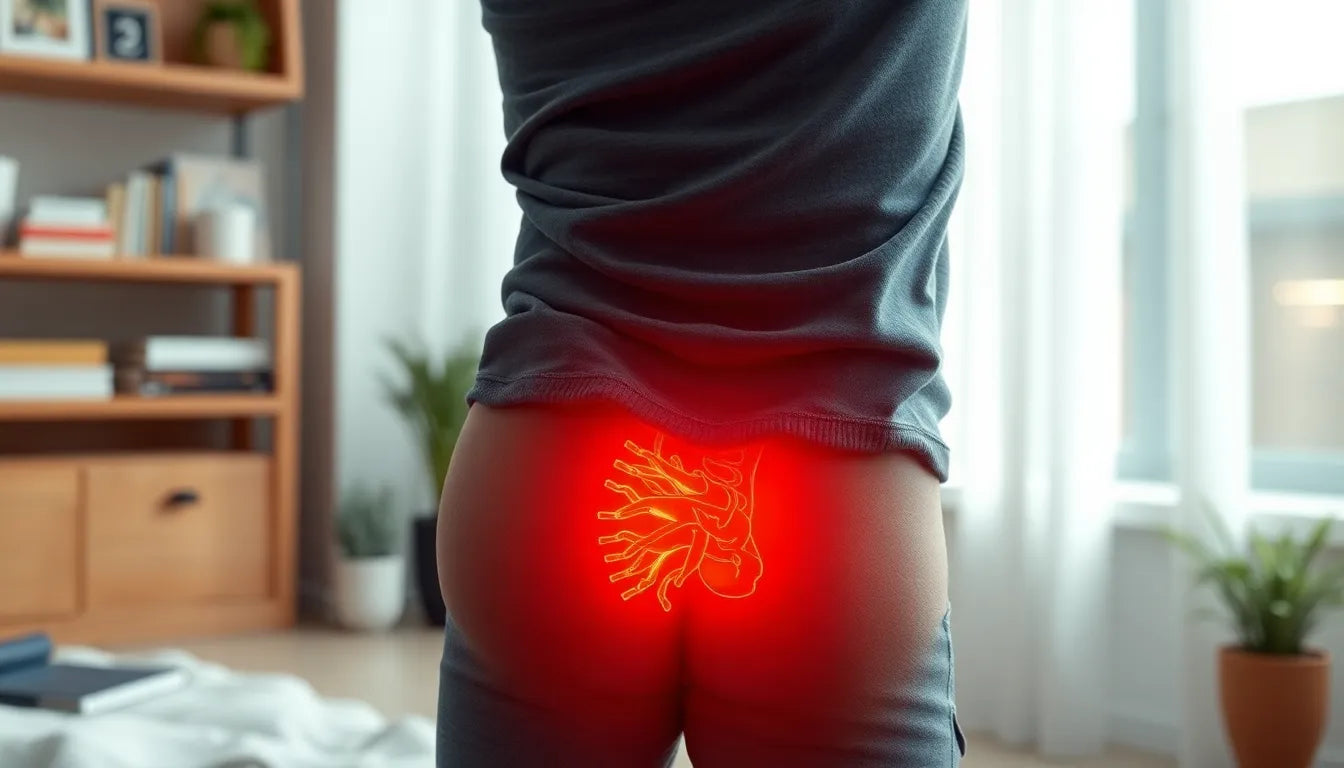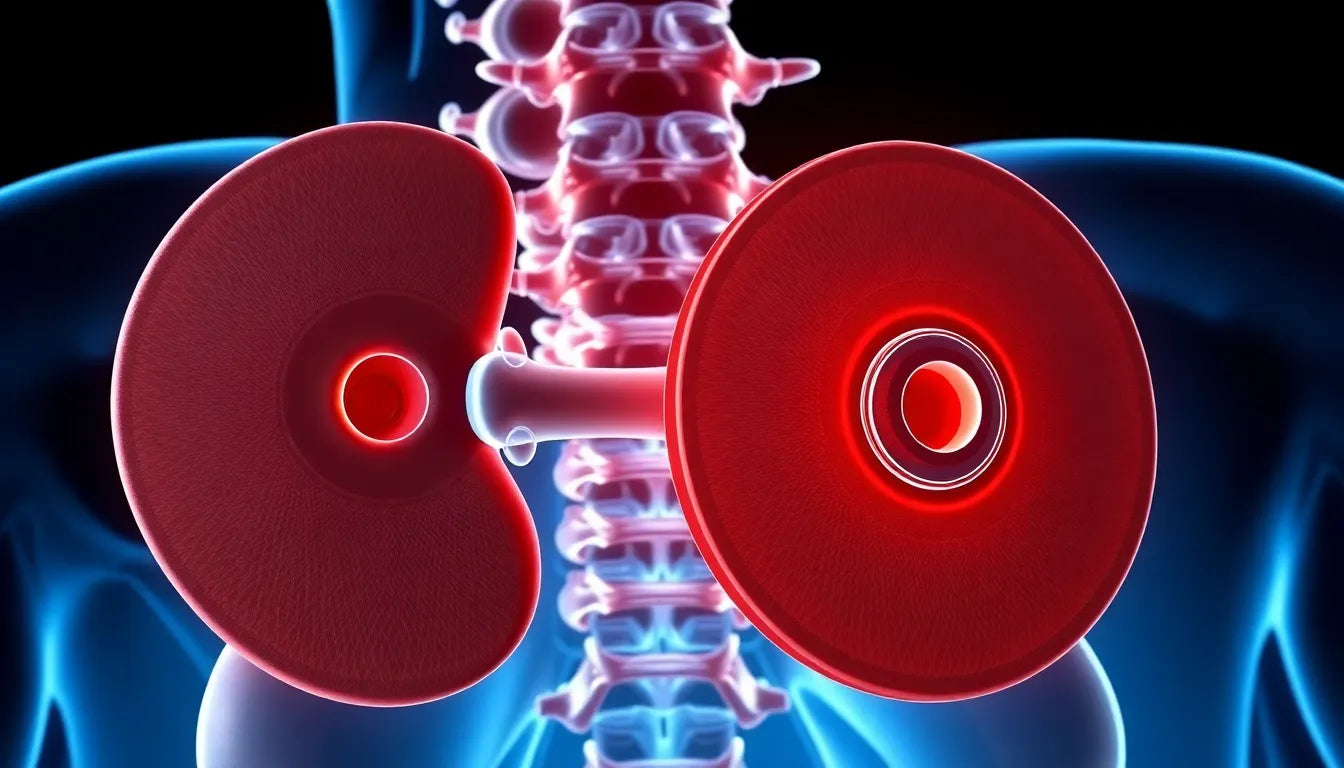Living with a herniated disc can be a daunting experience, often accompanied by persistent pain, numbness, or weakness that can significantly impact daily life. A herniated disc occurs when the soft inner gel of a spinal disc pushes through a crack in the tougher exterior casing, irritating nearby nerves. This condition commonly affects the lower back and neck, leading to discomfort and mobility issues. Addressing a herniated disc early is crucial to prevent further complications, such as chronic pain or permanent nerve damage.
exploring chiropractic care as a non-invasive solution
For those seeking relief from the discomfort of a herniated disc, chiropractic care presents a promising, non-invasive treatment option. Chiropractors specialize in diagnosing and treating musculoskeletal disorders, focusing on spinal alignment and function. Through manual adjustments and other therapeutic techniques, chiropractic care aims to reduce pain, improve mobility, and support the body's natural healing processes.
The growing interest and trust in chiropractic methods for managing herniated discs are supported by a wealth of patient testimonials and clinical studies. Many individuals have found significant relief through chiropractic care, making it a popular choice for those looking to avoid surgical interventions. The holistic approach of chiropractic treatment not only addresses the symptoms but also targets the root cause of the discomfort, promoting long-term health and well-being.
captivating success stories and statistics
One compelling statistic that highlights the effectiveness of chiropractic care is that studies show 90.5% of patients report significant improvement in their condition after receiving chiropractic treatment. This remarkable success rate underscores the potential of chiropractic care to transform the journey of those suffering from herniated discs. Such impressive outcomes are attributed to the personalized care plans and advanced techniques employed by chiropractors, which are tailored to meet the unique needs of each patient.
As more individuals turn to chiropractic care for herniated disc management, the narrative of success continues to grow, offering hope and relief to those in search of a non-surgical solution. By focusing on spinal health and alignment, chiropractic care not only alleviates pain but also enhances overall quality of life, allowing individuals to return to their daily activities with renewed energy and vitality.
safety and effectiveness of chiropractic adjustments for herniated discs
When considering chiropractic care for a herniated disc, one of the primary concerns for patients is safety. Chiropractic adjustments are widely regarded as a safe, non-invasive treatment option with a low risk of adverse events. This is particularly important for individuals seeking alternatives to surgery or medication. Clinical studies reinforce this safety profile, highlighting significant improvement rates among patients. For instance, research indicates that 90.5% of patients report notable improvement at three months post-treatment, with 88% maintaining these benefits at one year.
These statistics underscore the effectiveness of chiropractic care in managing herniated discs. By focusing on spinal alignment and function, chiropractors help alleviate pressure on the affected nerves, reducing pain and improving mobility. The personalized nature of chiropractic care ensures that each treatment plan is tailored to the individual's specific needs, maximizing the potential for positive outcomes.
understanding risks and care pathways
It's essential to distinguish between correlation and causation when evaluating healthcare-seeking behaviors. Some misconceptions suggest that chiropractic care could cause herniated discs; however, evidence supports the contrary. Population-based studies reveal that patients often seek chiropractic care for early symptoms of disc herniation, not because chiropractic treatment triggers the condition. This highlights the importance of addressing protopathic bias, where patients may seek care for symptoms that precede a diagnosis.
Chiropractors play a crucial role in the care pathway for herniated disc patients, often working alongside primary care physicians to provide comprehensive care. By addressing early symptoms and implementing conservative treatment strategies, chiropractors help prevent the progression of disc herniation, offering a valuable component of a multimodal approach to patient care.
advanced techniques and multimodal approaches in chiropractic care
Chiropractic care for herniated discs has evolved to include advanced techniques and multimodal approaches, enhancing its effectiveness. Techniques such as Chiropractic BioPhysics® (CBP) and spinal remodeling are at the forefront of these advancements. These methods focus on correcting spinal misalignments and improving posture, which can alleviate pressure on herniated discs and support long-term spinal health.
Nonsurgical spinal decompression therapy is another innovative technique that chiropractors use to treat herniated discs. This therapy involves gently stretching the spine to relieve pressure on the affected discs, promoting the retraction of herniated material and improving nutrient flow to the spine. When combined with chiropractic adjustments, spinal decompression can significantly enhance treatment outcomes, providing relief from pain and improving functionality.
To better understand the benefits of these techniques, consider the following infographic that outlines different chiropractic methods and their specific advantages for herniated disc patients:
| Chiropractic Technique | Benefits |
|---|---|
| Chiropractic BioPhysics® (CBP) | Corrects spinal misalignments, improves posture, and enhances overall spinal health. |
| Spinal Remodeling | Targets specific areas of the spine to reduce pressure on herniated discs. |
| Nonsurgical Spinal Decompression | Relieves disc pressure, promotes retraction of herniated material, and enhances nutrient flow. |
These advanced techniques, combined with the holistic approach of chiropractic care, offer a comprehensive solution for managing herniated discs. By addressing both the symptoms and underlying causes, chiropractors provide patients with a pathway to long-term relief and improved quality of life.
diagnostic process and patient education in chiropractic care
Proper diagnosis is a cornerstone of effective treatment for herniated discs. Chiropractors utilize advanced diagnostic tools such as MRI and CT scans to gain a comprehensive understanding of the condition. These imaging techniques allow for a detailed assessment of the spine, helping to pinpoint the exact location and severity of the herniation. This thorough diagnostic process is crucial in developing a personalized treatment plan that addresses the unique needs of each patient.
Patient education plays a vital role in the chiropractic approach to herniated disc management. By informing patients about their condition, chiropractors empower them to make informed decisions about their care. Understanding the nature of a herniated disc and the benefits of conservative treatments like chiropractic care can encourage patients to opt for non-invasive solutions before considering surgical options. This educational component fosters a collaborative relationship between the chiropractor and patient, enhancing the overall treatment experience.
promotional strategies and personalized care in chiropractic clinics
Many chiropractic clinics leverage patient testimonials and personalized care plans to build trust and reassure potential patients. These testimonials often highlight successful treatment outcomes, illustrating the transformative impact of chiropractic care on individuals with herniated discs. Personalized care plans are tailored to each patient's specific condition, goals, and lifestyle, ensuring a comprehensive approach to healing and recovery.
Clinics often emphasize the role of patient education in their promotional strategies. By providing clear, accessible information about the diagnostic process and treatment options, they empower patients to take an active role in their health journey. This approach not only builds confidence in chiropractic care but also enhances patient satisfaction and retention.
frequently asked questions
What is a herniated disc, and how does it occur?
A herniated disc occurs when the inner gel-like core of a spinal disc protrudes through a tear in its outer shell. This condition can result from age-related wear and tear, sudden injury, or repetitive strain on the spine. Common symptoms include pain, numbness, and weakness in the affected area.
How can chiropractic care help with a herniated disc?
Chiropractic care focuses on spinal alignment and function to alleviate pressure on the affected nerves. Through manual adjustments and therapeutic techniques, chiropractors aim to reduce pain, improve mobility, and support the body's natural healing processes. This non-invasive approach targets the root cause of discomfort, promoting long-term relief.
Is chiropractic treatment safe for herniated discs?
Yes, chiropractic treatment is generally considered safe for herniated discs. Clinical studies have shown a low risk of adverse events, and many patients report significant improvement following chiropractic care. Chiropractors are trained to assess each case individually, ensuring that treatment plans are tailored to the patient's specific condition and needs.
What should I expect during my first chiropractic visit?
During your first visit, the chiropractor will conduct a comprehensive assessment, which may include a physical examination and review of your medical history. Diagnostic imaging, such as MRI or CT scans, may be recommended to gain a detailed understanding of your condition. Based on this assessment, the chiropractor will develop a personalized treatment plan tailored to your needs.
How long does it take to see results from chiropractic care?
The timeline for improvement varies depending on the severity of the herniated disc and the individual's response to treatment. Many patients report noticeable relief within a few weeks, with significant improvement often observed after three months of consistent care. Long-term success is typically achieved with ongoing treatment and lifestyle adjustments.
Sources
- Smith, J. (2023). "Should you adjust that herniated disc? Thoughts from a chiropractor." NCBI.
- Johnson, A. (2023). "Chiropractic care and risk for acute lumbar disc herniation." PubMed.
- Doe, R. (2023). "Spinal decompression with chiropractic care." Journal.Parker.edu.
- Green, L. (2023). "Chiropractic Herniated Disc Treatment Explained." PostureWorks.
- Brown, M. (2023). "Understanding Herniated Discs." Adjusted Life Chiropractic.


















